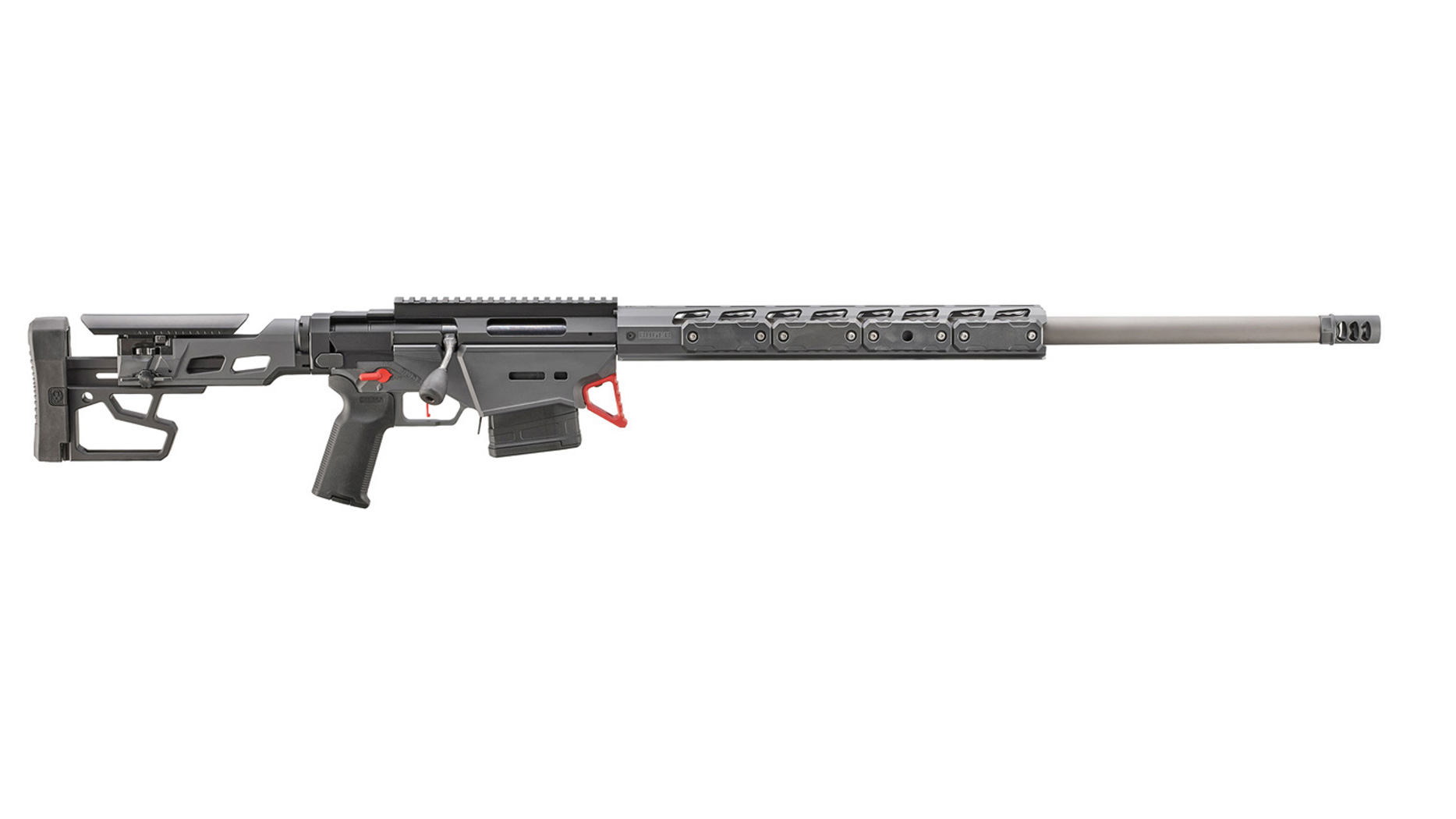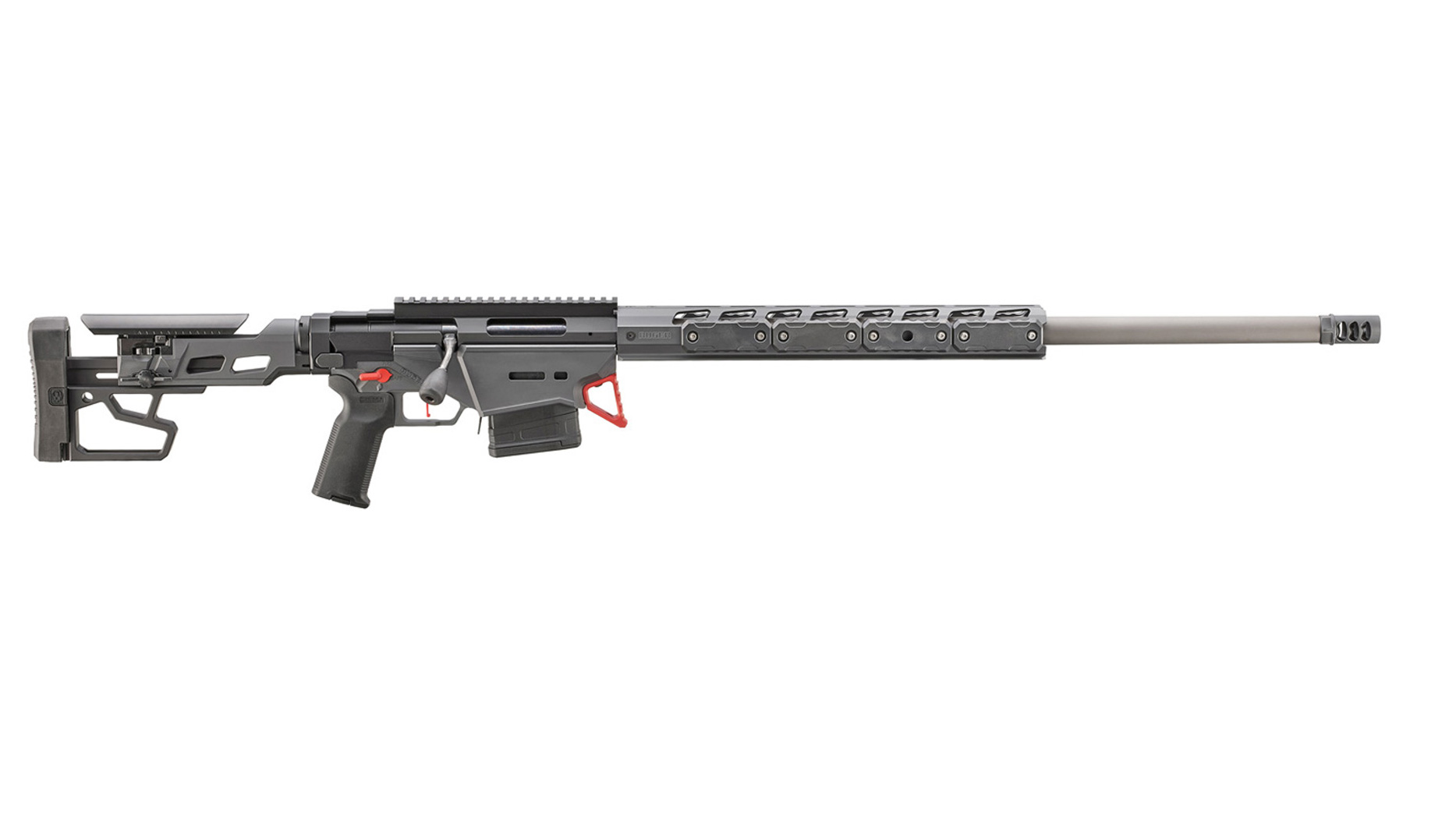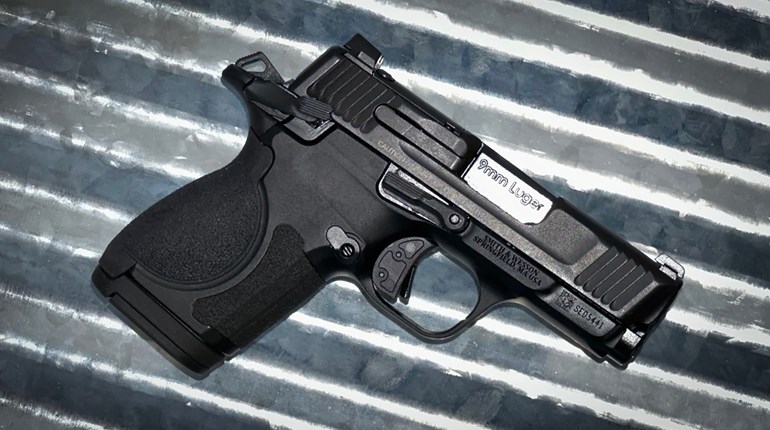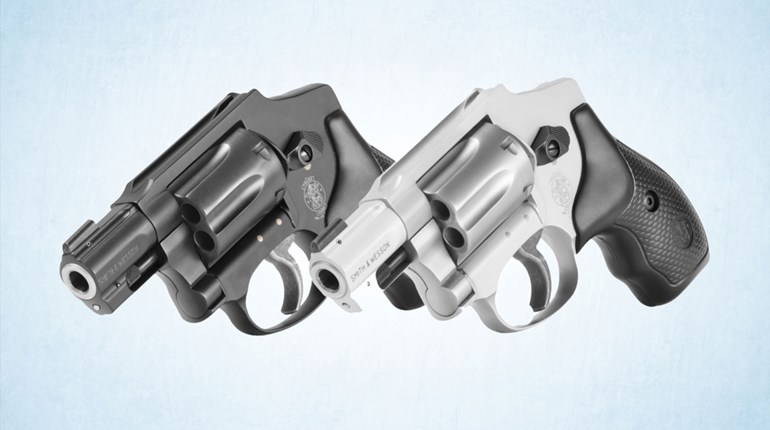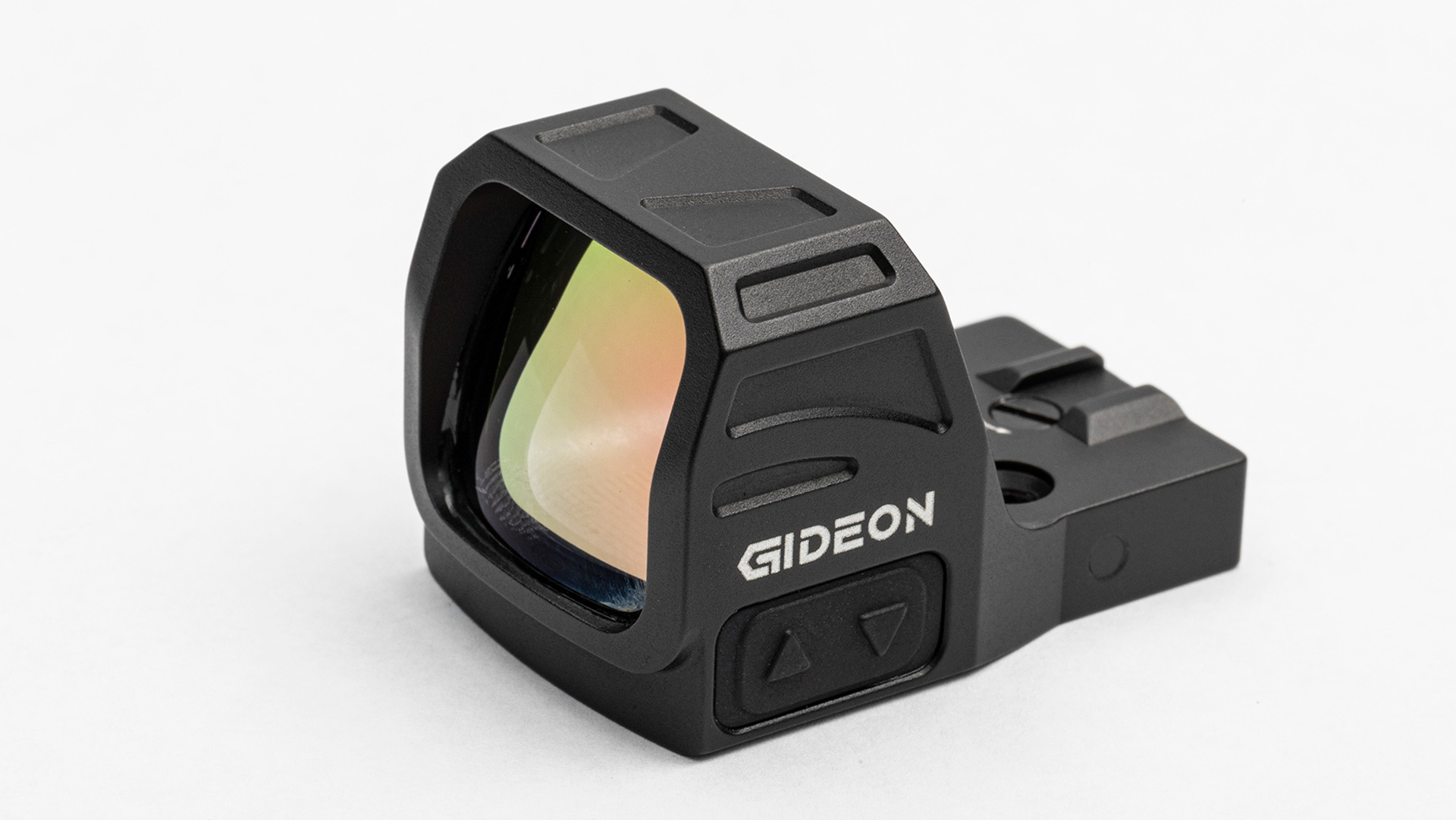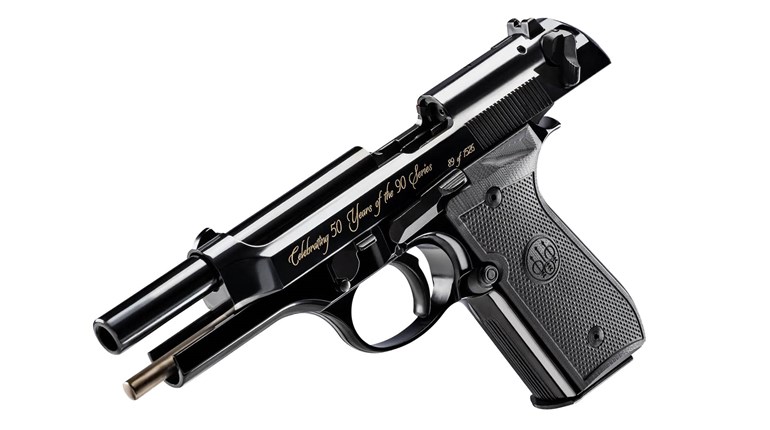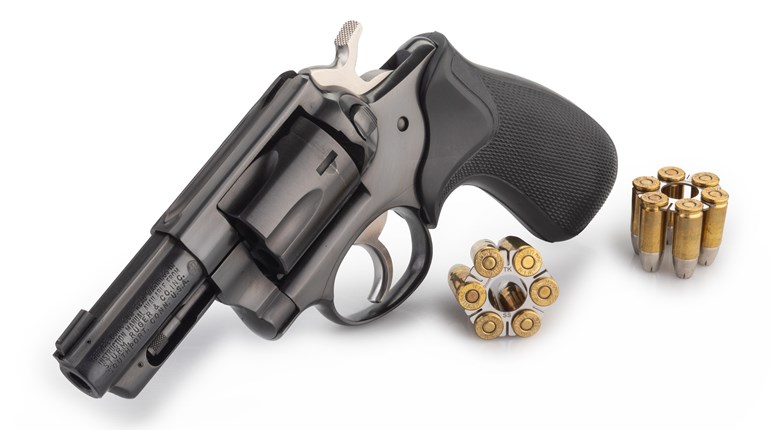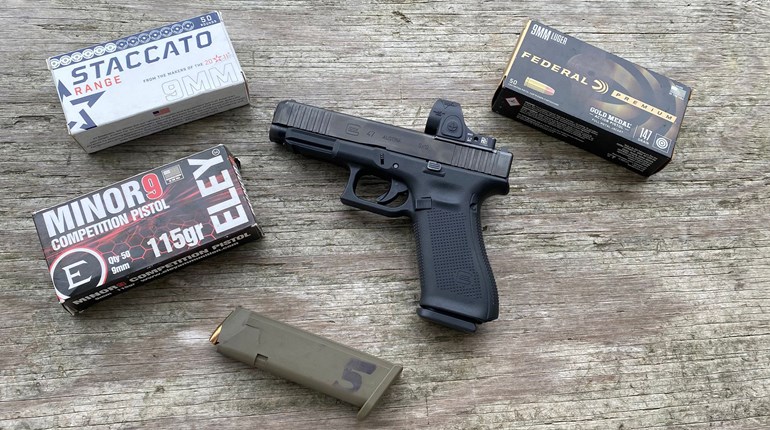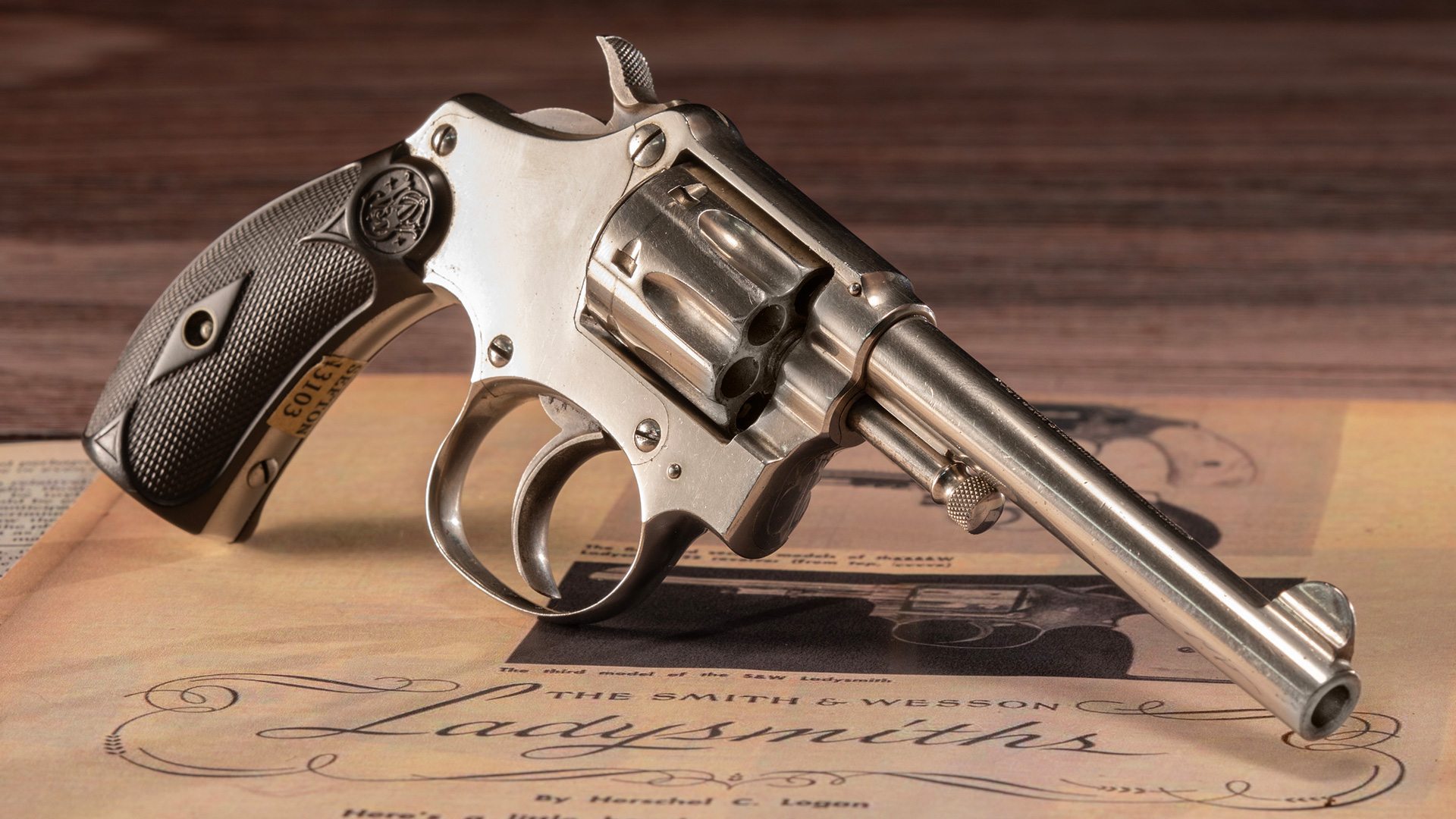
For more than 100 years, gunmaker Smith & Wesson has made a particular style of revolver to fit the needs of American police officers, outdoor enthusiasts and average citizens willing to take on the responsibility for their own defense. The company uses the name of “hand ejector” for a revolver that a shooter operates by pressing in the rod at the center of the cylinder. The change to the hand ejector came after approximately a half-century of other systems. It was abrupt and complete. The revolver made today at the Springfield, MA, plant is essentially the same as the one made in the 1890s. However, this does not mean the firm has not kept pace with improvements in manufacturing, metallurgy and other areas of production.
Today’s buyer gets a revolver with a forged steel or aluminum frame, both double- and single-action trigger systems and a cylinder that swings out to the left. Over the span of the 20th century and into the 21st, Smith & Wesson has kept pace with desirable features. Chief among these is power and weight. No other handgun maker has pioneered such steps in increased power such as .357 Mag., .44 Mag., .460 S&W Mag., .500 S&W Mag. While not the first to build lightweight revolvers of magnum power, it does offer a wide range of sizes and features identified by letters of the alphabet.
The M-frame revolver is the smallest of the hand ejectors, made for only a few years in the first decade of the 20th century. Fairly quickly, it became obvious that the gun’s chambering was its major fault. It was .22 Long—no, not .22 LR. Nevertheless, many shooters chose to force the slightly longer and larger rimfire cartridges into the M-frame chambers. This erroneous practice cracked more than a few M-frame cylinders. Also, the gun was sometimes associated with the so-called “ladies of the evening,” and the company was not happy about that correlation. Quietly, the gun that was nicknamed LadySmith was dropped after 10 years or so.
There was yet another hand ejector made for shorter cartridges, this one dubbed the I-frame. Made for popular cartridges left over from the blackpowder era—.32 S&W and .38 S&W—the I-frame lasted from the 1890s until just after World War II. There was nothing wrong with the cartridges that could not be radically improved by better ammunition. If you happened to have a supply of I-frames, they could be put back to use today.
Smith & Wesson developed the somewhat longer K-frame before the dawn of the 20th century. For revolvers on that frame, Smith & Wesson designed a completely new .38-caliber cartridge long enough to contain enough propellent to drive up to a 200-grain lead bullet to 900 fps. The K-frame also became home to several other new cartridges like the .22 Jet and .32 H&R Mag., among others. The K-frame became the base for more serial-numbered guns than almost anything. First offered in 1898, .38 Spl. became America’s favorite revolver cartridge, and the Model 10 Military & Police revolver—the bread and butter—was the top wheelgun chambered for it.
When the company wanted to build a modern revolver for concealed-carry work, it went to the reliable I-frame and redesigned it to be a fraction longer. It proved to become one of the more popular models to get that intertwined S&W on the sideplate. The new frame size was named the J-frame and dubbed the Chiefs Special. For the most part, the J-frames are five-shot revolvers chambered in .38 Spl., but they are also currently produced in .22 LR, .22 Mag. and the powerful .357 Mag.
When the company worked with some 1930s handloaders to develop the .357 Mag., it had no idea how big the stretched-out .38 was going to be. When the magnum era began, Smith & Wesson went to the N-frame, which is the size big enough to take cartridges like the .45 Colt and .44 Spl. The larger frame was first offered in the Triple Lock revolver in 1907.
That was not the only problem associated with this speed demon of a cartridge. Smith & Wesson sought to ease the policeman’s burden by offering a lighter K-frame. I carried one of these Model 19s for many years and was generally happy with the gun. Others, however, had problems with this size, so Smith & Wesson developed a slightly larger frame. This was actually the first revolver specifically built for the .357 Mag., and the new frame was called the L-frame.
There are two other frame sizes that are not as widely used. One is the X-frame, which is the foundation for the .500 and .460 S&W Mags. The other is the oversize revolver frame needed for the Governor 410-bore revolver.
You don’t need to know all the brothers and sisters and cousins in the Smith & Wesson family, but if you call yourself a handgunner, they’re all fightin’ iron.
